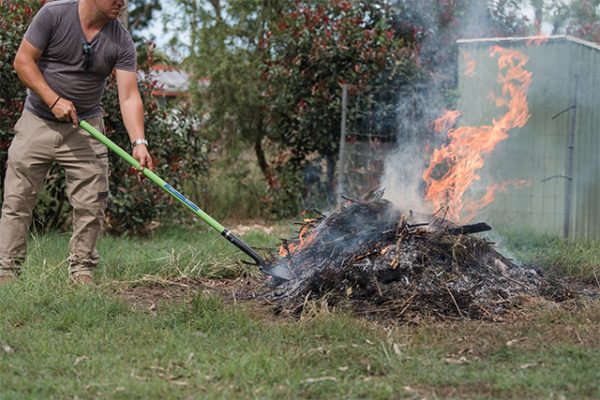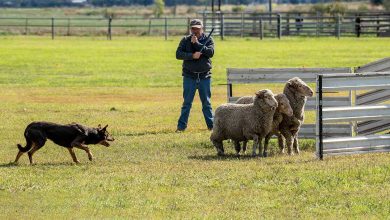Pile Burning Rules Eased to Reduce Bushfire Risk
Council has eased its pile burning regulations to help rural residents prepare their properties for the bushfire season.
Residents living in areas zoned RU1, RU2, RU3 and RU6 and outside of the Sydney Fire District are now exempted from applying for a Council permit to carry out a pile burn of dead and dry vegetation on their premises. Residents choosing to do a pile burn during the bushfire danger period (1 October – 31 March) need to apply for a fire permit from the NSW Rural Fire Service, as well as notify Council. Fines apply for those who do not comply with the Notice of Approval.
Mayor of The Hills Shire, Dr Peter Gangemi said these new exemptions will provide residents with more opportunities to reduce bushfire fuels on their property.
“The Hills Shire is prone to bushfires,” Mayor Gangemi said.
“Keeping piles of dry and dead vegetation around your home is considered a bushfire hazard, as it can fuel and intensify a fire.
“We want to give our residents, especially those located in the rural areas and close to bushland, more control and certainty that they can prepare their properties ahead of the bushfire season by removing dead and dry vegetation in a cost-effective way.
“I am very pleased that these rules allow for the majority of rural residents to undertake the disposal of vegetation by pile burning without the need for further Council approvals,” Mayor Gangemi added.
As part of the rules, residents must also alert their neighbours and people likely to be impacted by smoke, as well as the NSW Rural Fire Service at least 24 hours before the planned pile burn.
Pile burns must also be done in favourable weather conditions, and be no greater than 2 metres in length and 1.5 metres in height.
Those residents not located within the approved zones, can make an application for Council’s consideration. Online application forms are located on Council’s website, www.thehills.nsw.gov.
For further information – type in ‘Burning Regulations and Pile Burns for Bushfire Fuel Management’ in the search tab, located on Council’s website.











